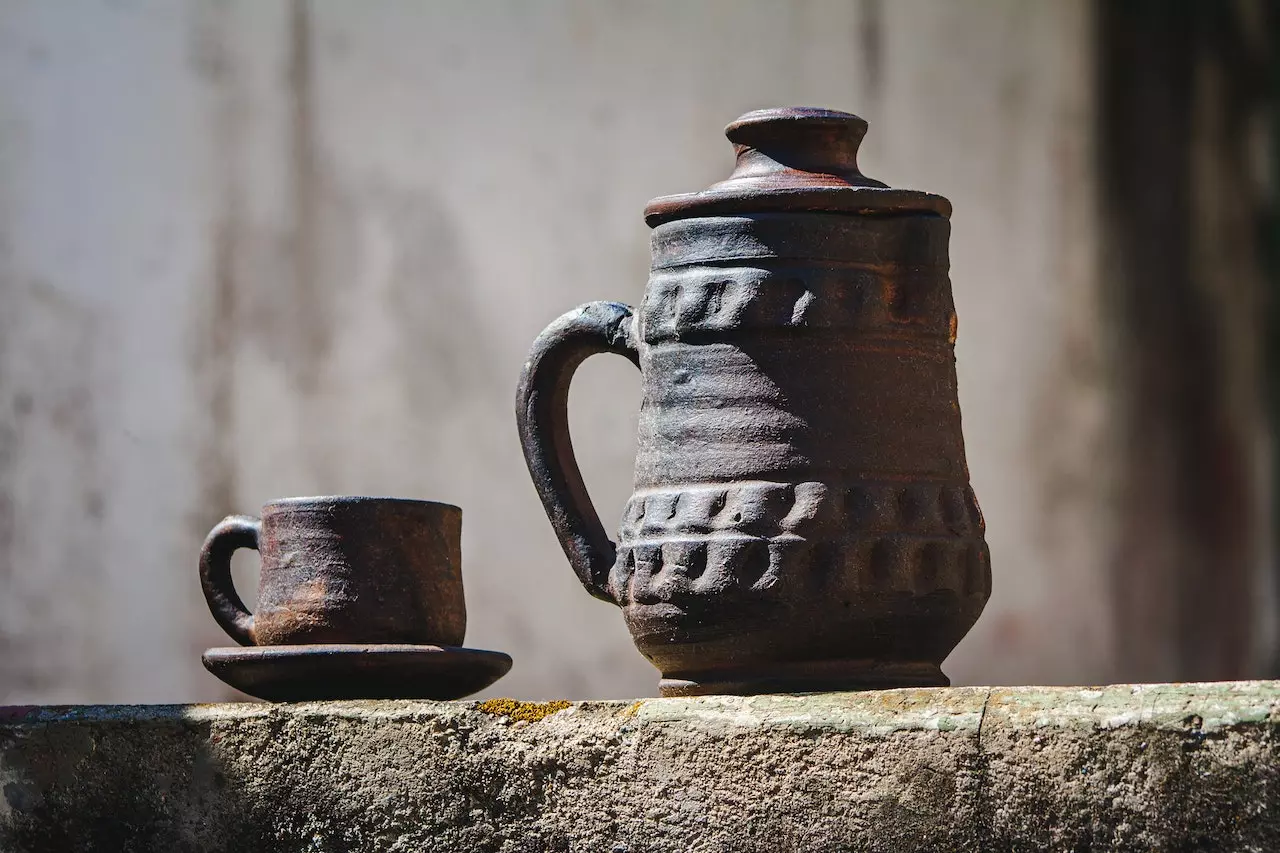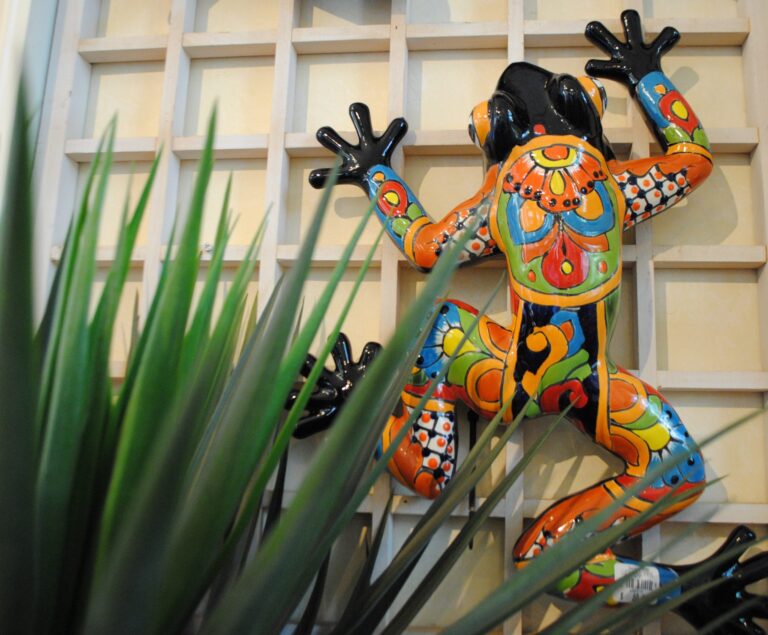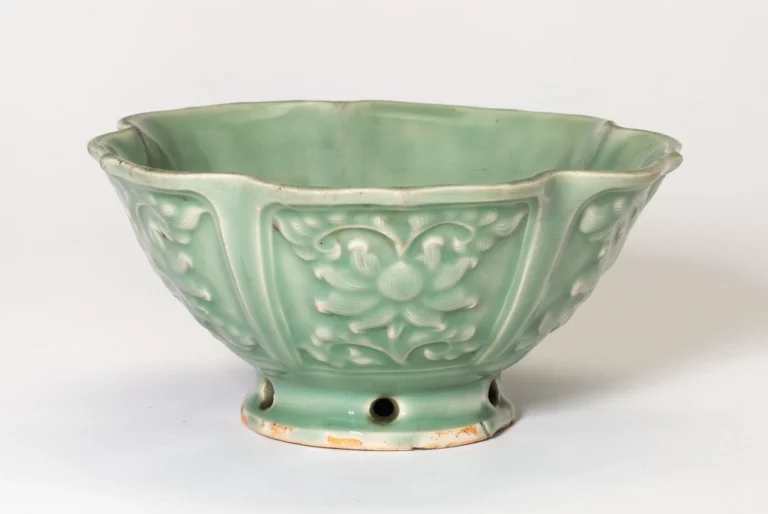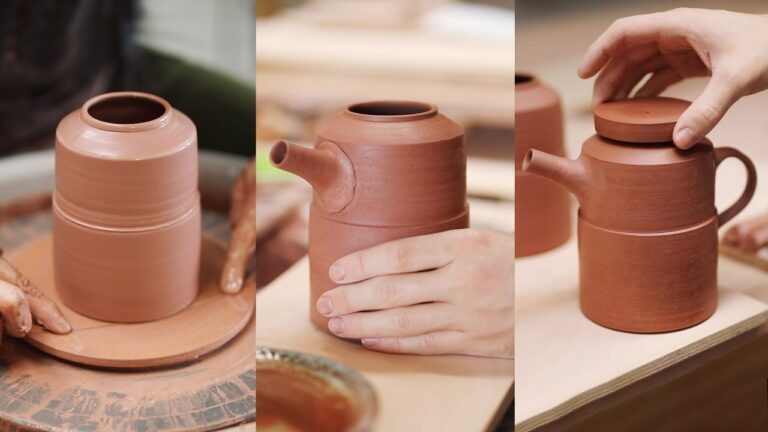What Did The Pottery Look Like During The Archaic Period
The Archaic Period, spanning from approximately 8000 to 500 BC, marked a significant phase in human history. During this time, various civilizations and cultures emerged, each leaving behind a unique artistic legacy.
Among the artifacts that provide insights into their lives, pottery holds a special place. In this article, we will explore what pottery looked like during the Archaic Period and its significance in shaping ancient societies.
Definition of the Archaic Period
The Archaic Period refers to the time between the end of the Stone Age and the rise of ancient civilizations. It is characterized by the transition from a nomadic lifestyle to settled communities, the development of agriculture, and the emergence of early forms of governance. This period witnessed a gradual shift from rudimentary tools to more advanced technologies, including pottery making.
Pottery in Prehistoric Times
Before delving into the specifics of Archaic pottery, it is crucial to understand its historical context. Humans have been creating pottery for thousands of years, with the earliest known examples dating back to around 20,000 BC. Initially, pottery served practical purposes such as storing food and water, but it soon became intertwined with cultural, social, and artistic aspects of human life.
Overview of the Archaic Period
The Archaic Period can be divided into multiple sub-periods based on regional and cultural variations. From the Fertile Crescent in the Near East to the Olmec civilization in Mesoamerica, different cultures developed unique pottery traditions. Although diverse in style and technique, Archaic pottery shares some common characteristics that define the period.
Characteristics of Archaic Pottery
Archaic pottery exhibits a range of distinctive features. One notable characteristic is the use of clay as the primary material. Ancient potters sourced clay from local deposits and refined it to create vessels and objects of various shapes and sizes. The vessels were typically wheel-thrown or hand-built, showcasing the skill and expertise of the artisans.
Regional Variations
Due to the geographical and cultural diversity of the Archaic Period, pottery styles varied significantly across different regions. For instance, in ancient Greece, pottery was known for its black-figure and red-figure techniques, depicting scenes from mythology and everyday life. Meanwhile, the Native American cultures of the Southwest United States developed intricate designs and distinctive geometric patterns on their pottery.
Techniques and Styles
Archaic pottery employed a wide range of techniques and styles. One of the most notable techniques was slip painting, where a liquid clay mixture was applied to the vessel’s surface before firing. This technique allowed for the creation of intricate designs and vivid colors. Additionally, various decorative methods like incising, relief, and appliqué were used to embellish the pottery.
Function and Purpose
Archaic pottery served multiple functions based on the needs of the ancient societies. It was primarily used for storage, cooking, and serving food and beverages. The vessel shapes and sizes were tailored to suit specific purposes. For example, large storage jars were common for preserving grains and liquids, while smaller bowls and cups were used for individual servings.
Significance of Archaic Pottery
Archaic pottery played a significant role in the cultural, economic, and social aspects of ancient civilizations. It provided a means of artistic expression, enabling artisans to convey stories, traditions, and religious beliefs through their designs. Moreover, pottery production stimulated trade and commerce, as communities exchanged their wares, leading to the development of extensive networks.
Artistic Expression
Archaic pottery was not merely utilitarian but also served as a canvas for artistic expression. Artists and craftsmen decorated the vessels with elaborate motifs, scenes, and symbols, showcasing their creativity and skill. These artistic elements often reflected the cultural values and mythologies of the societies in which they were created.
Transition to the Classical Period
The Archaic Period laid the foundation for the subsequent Classical Period, where pottery continued to evolve in terms of style, technique, and artistic representation. The innovations and developments during the Archaic Period set the stage for the artistic achievements that defined the classical civilizations of Greece, Rome, and other ancient cultures.
Preservation and Study
Thanks to the durability of pottery, numerous artifacts from the Archaic Period have survived to this day. Archaeologists and historians rely on these remnants to gain insights into the lives, beliefs, and practices of ancient societies. Through careful analysis and study of pottery fragments, experts can reconstruct aspects of the past, offering us a glimpse into bygone eras.
FAQs
1. How was pottery made during the Archaic Period?
During the Archaic Period, pottery was primarily made by shaping clay either by hand or using a potter’s wheel. The vessels were then decorated using various techniques such as slip painting, incising, and relief.
2. What were the different pottery styles in ancient Greece?
Ancient Greek pottery was known for its black-figure and red-figure techniques. The black-figure style involved black silhouetted figures against a reddish background, while the red-figure technique reversed the colors.
3. Did Archaic pottery have any religious significance?
Yes, Archaic pottery often depicted scenes from mythology and religious rituals, indicating its connection to religious beliefs and practices of the time.
4. How did pottery contribute to trade during the Archaic Period?
Pottery production played a significant role in stimulating trade and commerce among ancient civilizations. Communities exchanged their pottery wares, leading to the development of extensive trade networks.
5. Why is the study of Archaic pottery important?
The study of Archaic pottery provides valuable insights into ancient civilizations, including their cultural practices, artistic expressions, and social dynamics. It helps us piece together the puzzle of our past.
Conclusion
The pottery of the Archaic Period provides a window into the ancient world, allowing us to explore the diverse cultures and civilizations that flourished during this transformative time. From the practicality of everyday vessels to the intricate artistic expressions, pottery encapsulates the ingenuity and creativity of our ancestors. By studying and preserving these artifacts, we can better understand our shared human heritage.




